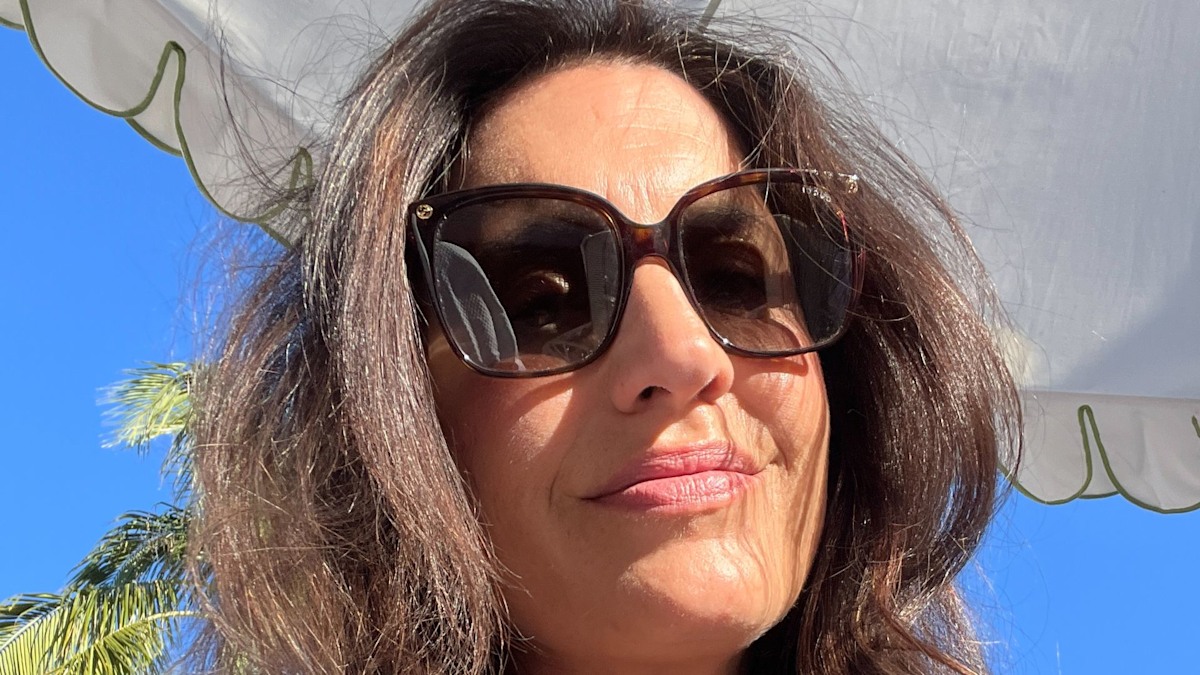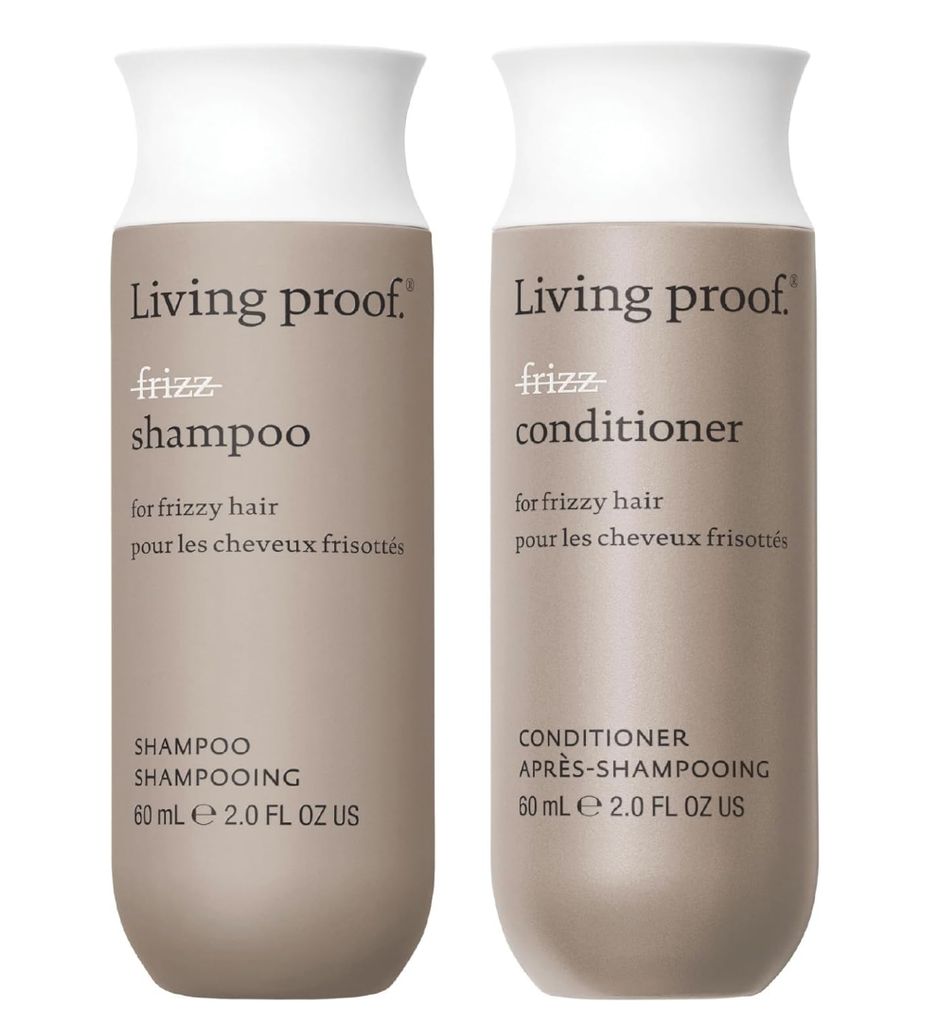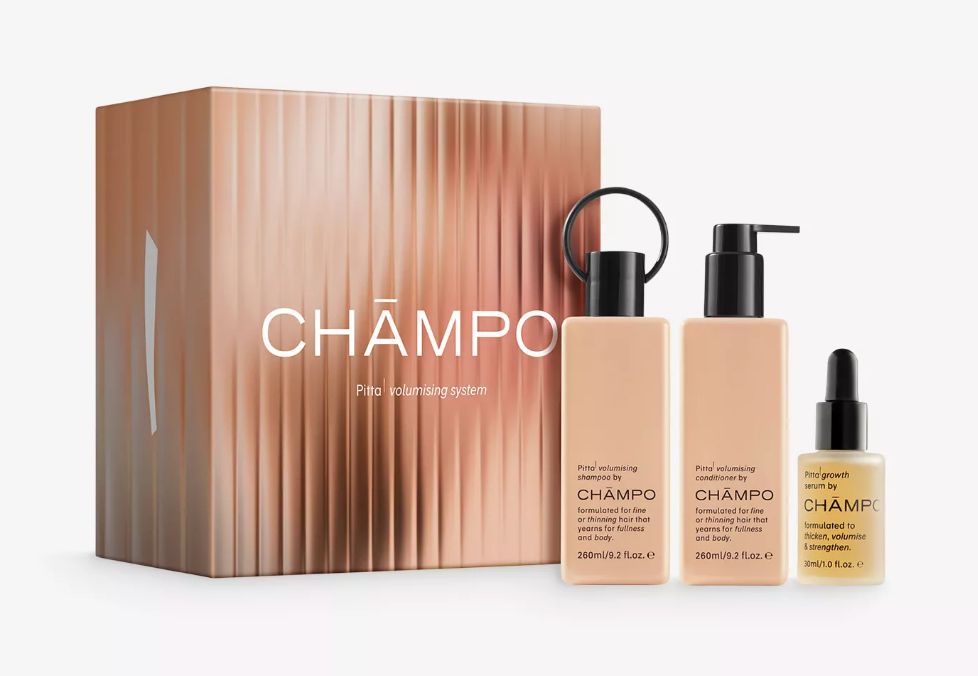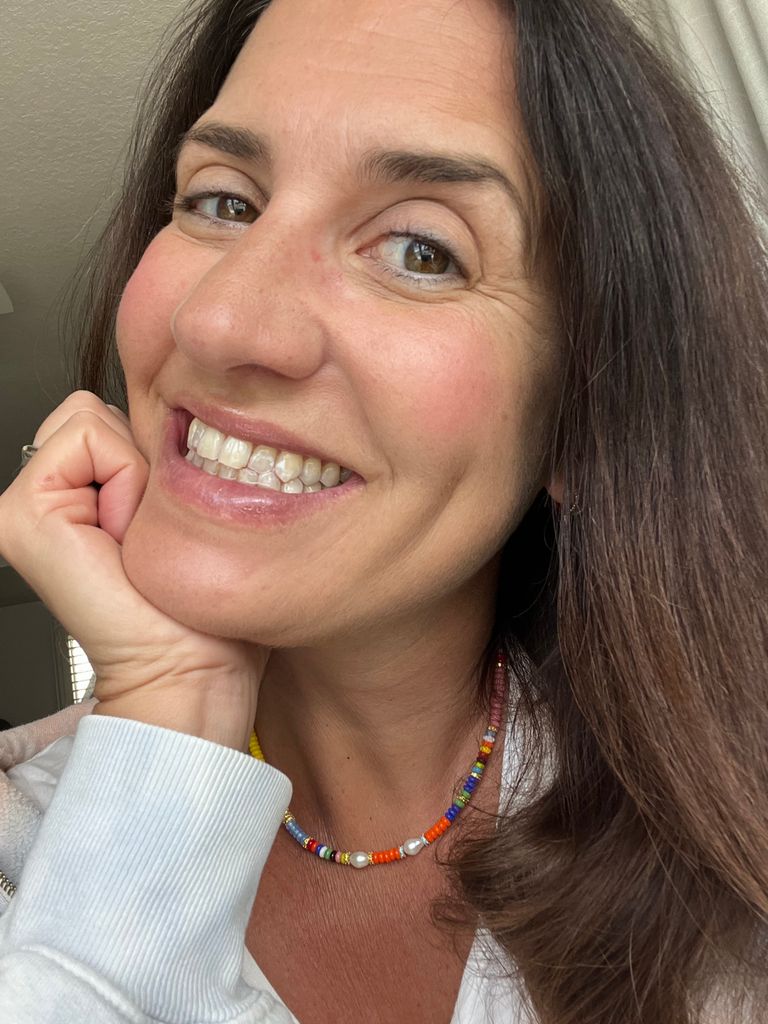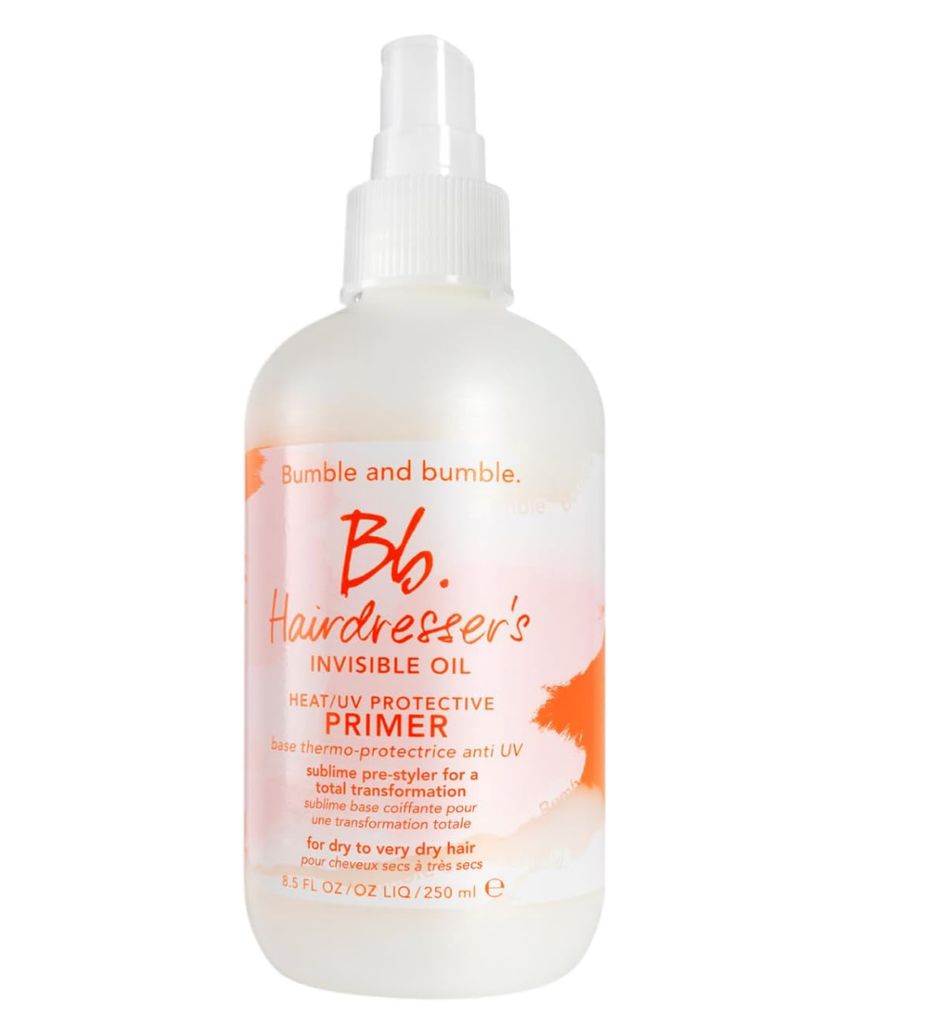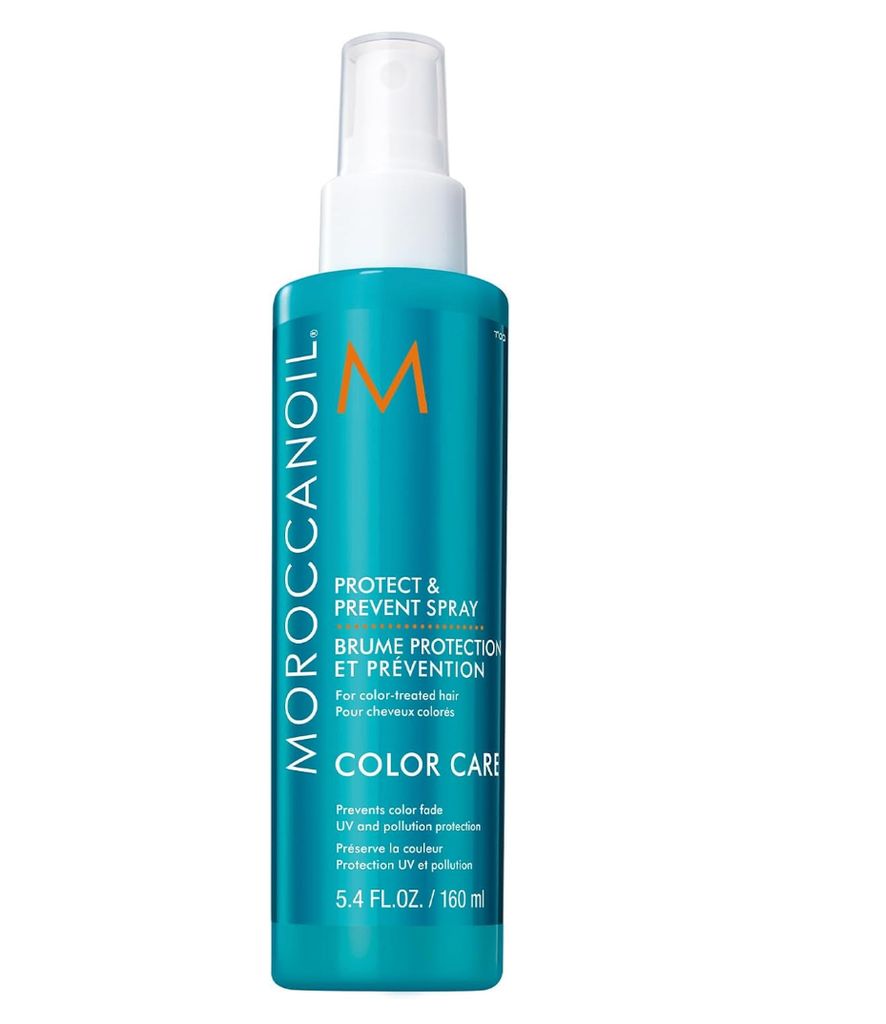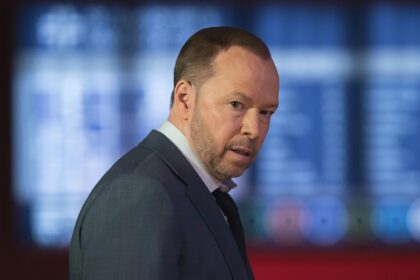I never thought I’d say this at nearly 49, but my hair is in better condition now than when I was 21.
It’s thicker, shinier and longer than it’s been in a decade, and I honestly can’t believe the transformation. For years, I’d resigned myself to the idea that perimenopause had ruined my hair. I live in Florida, which means daily frizz battles, and for a long time, I couldn’t grow my hair past a certain length without it breaking. It looked dry, lost its shine and refused to behave. But now, as I approach 50, it’s finally thriving again – because I stopped making one big mistake.
My hair journey
When I entered perimenopause in my early 40s, my hair started to thin dramatically at the front. It was a shock. At times, I genuinely worried I was going bald. It became so wispy and fine around my face that I started relying on extensions to pad things out. I even avoided layering my hair because I needed every last strand at the front to give the illusion of volume. I used to call it ‘handbag hair’ because those delicate strands would snap every time I slung a handbag over my shoulder. It was frustrating and disheartening. But slowly, and quite unexpectedly, that changed.
The turning point came when I made a conscious effort to use haircare I knew worked for me, rather than trying something new every week. Trying new shampoos, conditioners and masks was a mistake. Instead, I started reinvesting in products that I knew worked for me, even if they weren’t cheap. I wanted to take my hair seriously because it wasn’t a vanity thing anymore; it was about feeling like myself again.
Making a difference
The first product that truly made a difference – and still does – was the K18 Molecular Repair Hair Mask, £54.99 / $74.99. I’ve bought it multiple times, which, as a Beauty Editor who receives lots of free products to test, says everything.
It’s a leave-in treatment you use on damp hair, instead of conditioner. Rather than rinsing off, you leave it to activate, then blow-dry. It’s sciency – the formula mimics keratin, the protein that gives hair its structure and shine, and I believe it’s been one of the main things that has helped my hair grow longer and stronger without snapping. I’m now on my fourth bottle, and I’m still blown away by the results.
But K18 isn’t the only hero in my upgraded routine. Living in Florida, humidity is a constant challenge, and Living Proof’s No Frizz Shampoo and Conditioner, £28 / $38.79 have been brilliant for keeping frizz under control. They’re sulphate-free (sulphates can be drying), but still lather nicely, which is unusual, as sulphate is usually the ingredient that helps products froth.
Another standout brand is Champo – I love their Pitta Volumizing Shampoo and Conditioner, £66 / $58. It’s gentle, smells beautiful and helped restore bounce and volume to my hair when I needed it most.
For styling, I’ve rediscovered Bumble and Bumble’s Hairdresser’s Invisible Oil Heat/UV Primer, £21.99 / $34. I use it before blow-drying or straightening to tame frizz and protect from heat damage.
On days when I let my hair air dry, it smooths out frizz without weighing my hair down. For added shine and colour protection, Moroccanoil’s Protect & Prevent Spray, £25 / $15, is fantastic. It also helps prevent colour fade – another issue I started to notice more after the age of 40.
When it comes to dry shampoo, because let’s face it, I don’t always have time to wash and style daily, I’ve been loving Moroccanoil’s Dry Shampoo for Dark Tones, £9.50 / $14. It’s great for absorbing oil while also disguising greys. My top trick? Spray it on, wait for a few minutes so it can do its thing and absorb all of the oils, then massage it in. Don’t brush it straight through – you’ll just spread the product to areas that don’t need it.
Lifestyle changes that helped my hair
Beyond products, a few other lifestyle changes have played a role in getting my hair to its healthiest. I’ve stopped drinking alcohol, which I truly believe has helped both my hair and skin. I also get regular trims, which I avoided for years in a bid to hang on to length, but healthy ends really do matter.
Looking back, I think we’re sold on the idea that hair inevitably goes downhill after 40. And yes, menopause can absolutely affect hair texture, strength and thickness. But with the right approach, which often comes with a bit of investment, there’s a lot we can do to save our strands. My perimenopausal hair journey has been one of trial, error, and a few brilliant product discoveries. And now? I finally feel like I have the hair I always wanted in my 20s, at almost 49.
Read the full article here


